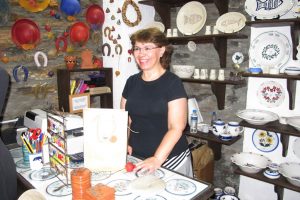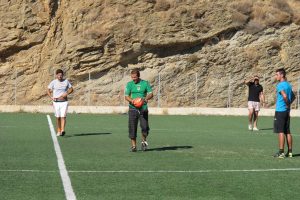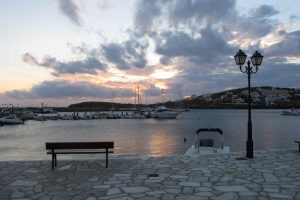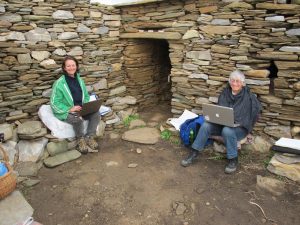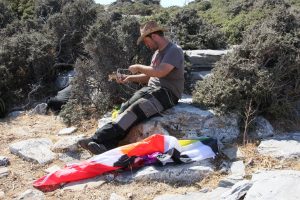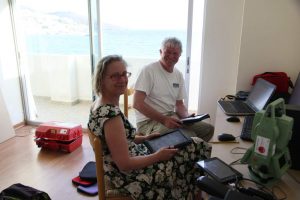Trowel tales and true – Kate and Amy Boyd
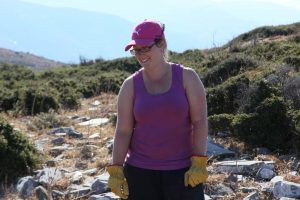
I thought it would be interesting to profile some of the people who have volunteered to do fieldwork at Zagora in 2013. Most are archaeology students undertaking either undergraduate or postgraduate study. Others trained as archaeologists or studied archaeology some years ago but decided to earn their living doing other jobs. Yet others trained as classical archaeologists but work as archaeological or heritage consultants in the Australian context. All of these have maintained an interest in classical archaeology and spend many of their holidays volunteering on projects all over the world.
Amy and Kate Boyd belong to another category. Kate is a high school Visual Arts teacher and Amy is a high school Maths teacher, both of them currently working in the Illawarra.
